
Understanding the best fishing pole for kids is essential because fishing is a fantastic outdoor activity that allows kids to connect with nature and learn essential life skills. To ensure an enjoyable and successful fishing experience for children, equipping them with the right gear is essential. In this article, we will explore the best fishing poles for kids, discussing what they are, how to choose the best one, the basic requirements, fishing techniques, popular locations, and the ideal time for fishing.
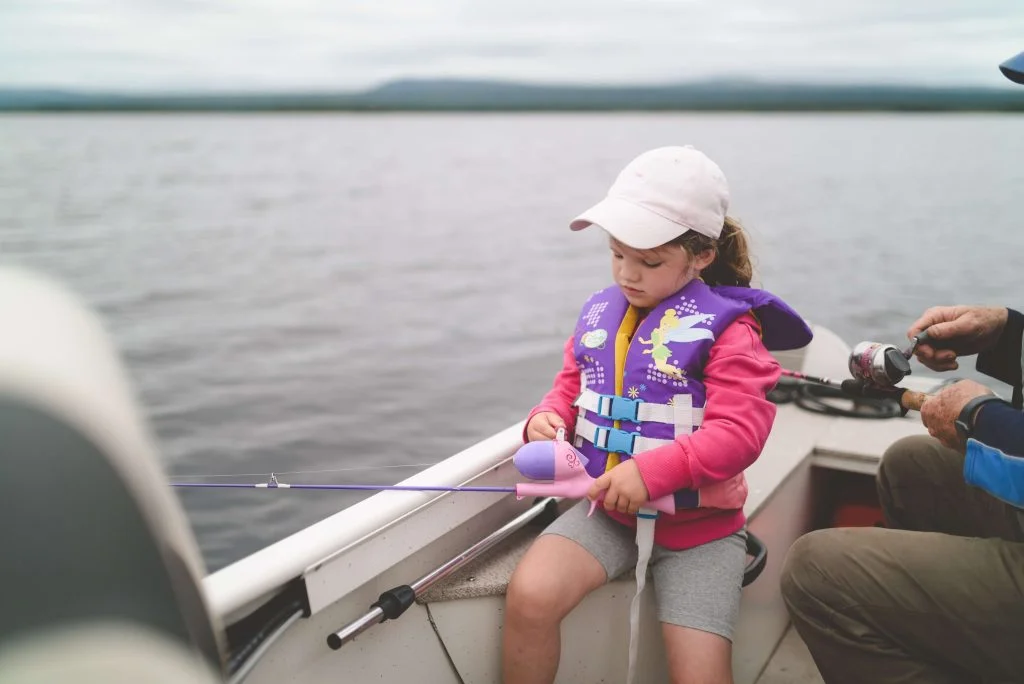
What is a fishing pole for kids?
A fishing pole for kids, also known as a kid’s fishing rod or youth fishing rod, is specifically designed to meet the needs of young anglers. These fishing poles are typically shorter, lighter, and more manageable than regular fishing rods. They are tailored to suit children’s physical abilities and provide an enjoyable fishing experience.
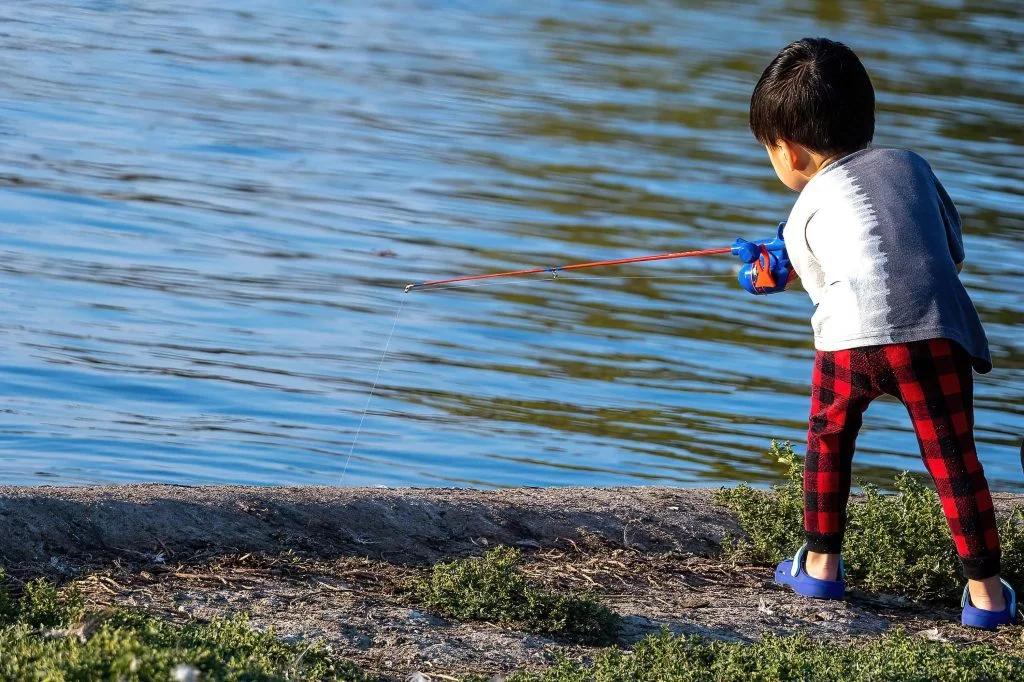
The Importance of Kids Poles for Fishing
Introducing kids to fishing at an early age offers numerous benefits. It encourages them to spend time outdoors, teaches patience, develops fine motor skills, and promotes a sense of responsibility and respect for nature. A fishing pole for kids ensures their comfort, safety, and success while fishing.
How to Choose the Right Fishing Pole for Kids?
When selecting a fishing pole for your child, there are several key factors to consider:
- Size and Weight: Opt for a lightweight fishing pole appropriate for your child’s age and size. A shorter rod, around 3 to 5 feet long, is generally more manageable for young anglers.
- Durability and Safety Features: Look for a rod made from sturdy materials that can withstand the rigors of youthful enthusiasm. Ensure that it has rounded edges and no sharp parts to prevent accidents.
- Ease of Use: Choose a fishing pole with a comfortable grip and a simple reel mechanism that is easy for kids to operate. This will help them gain confidence and enjoy the fishing experience.
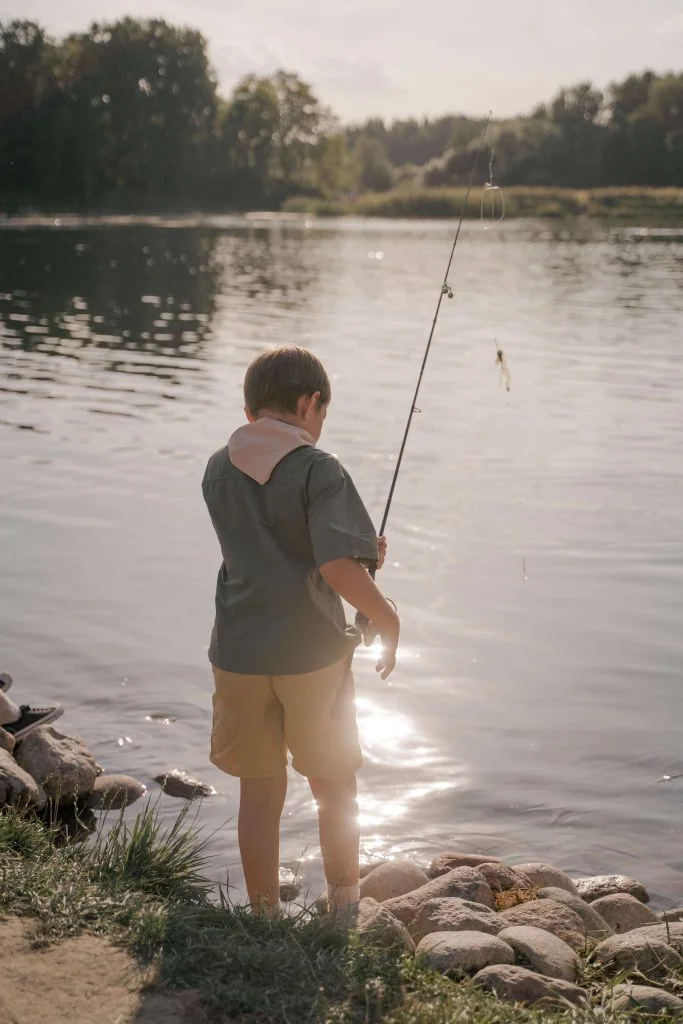
Basic Requirements for Child Fishing Pole
To ensure a successful fishing trip, specific basic requirements need to be met:
- Fishing Line: Use a monofilament fishing line that is lightweight, durable, and easy to handle. Avoid using lines that are too thin or prone to tangling.
- Reel: Select a reel that matches the skill level of your child. Spin-cast or spinning reels are generally recommended for beginners due to their ease of use.
- Hooks and Bait: Choose hooks and bait suitable for the fish your child intends to catch. Opt for barbless hooks or those with covered barbs to minimize injury.

Best Fishing Techniques for Kids
Teaching kids the proper fishing techniques is essential for their success and enjoyment.
- Casting: Demonstrate and guide your child on proper casting techniques, including how to hold the rod, release the line, and aim for a target area.
- Reeling In: Teach them how to spin in the line smoothly and steadily, ensuring they maintain tension to prevent the fish from escaping.
- Catch and Release: Educate your child on the importance of catch and release practices to preserve the ecosystem and ensure sustainable fishing for future generations.
Why Do People Love These Poles?
Fishing poles designed for kids have gained immense popularity due to their unique features and benefits. They provide a gateway to nature, foster bonding experiences with family and friends, and create lasting memories. Additionally, kid-friendly fishing gear encourages youngsters to develop a lifelong passion for fishing.
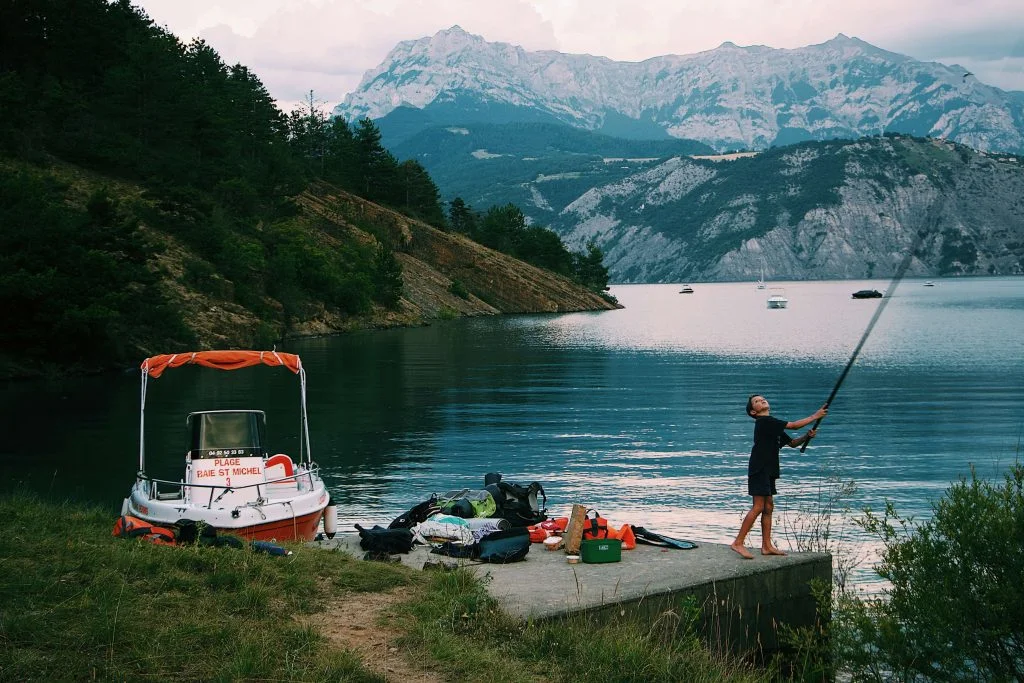
Finding the Best Fishing Locations for Kids
Selecting the right fishing spot can significantly enhance your child’s fishing experience. Look for places with calm waters, abundant fish populations, and accessible shorelines. Local parks, ponds, and well-stocked lakes often offer ideal fishing opportunities for kids.
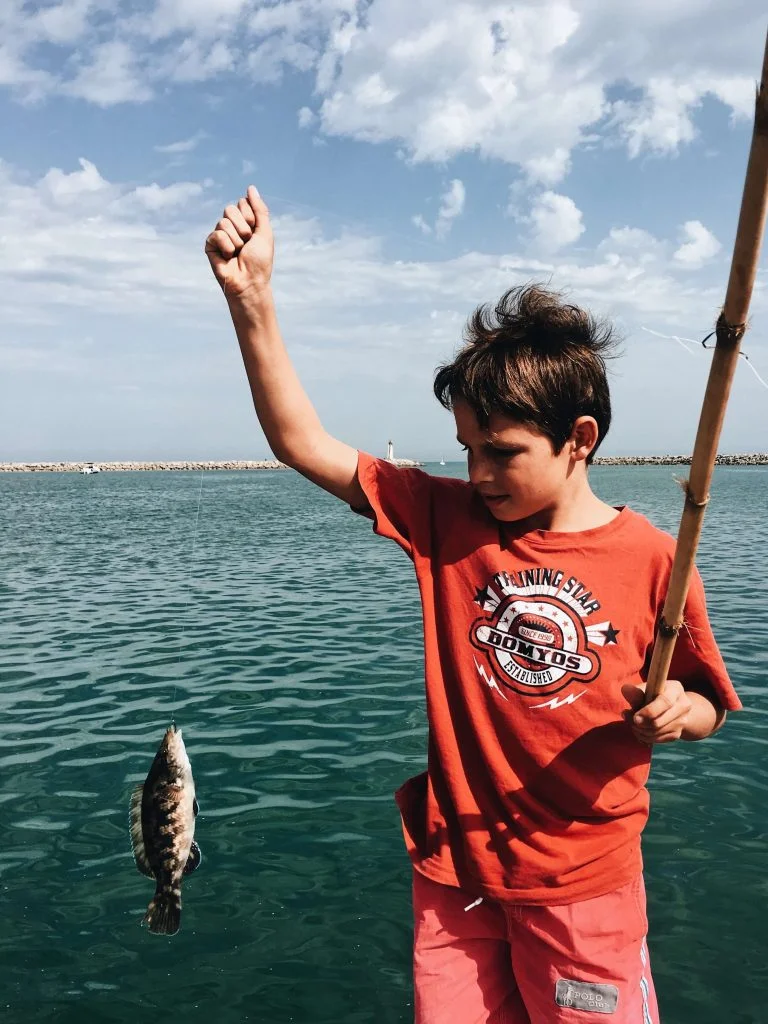
The Best Time for Kids to Go Fishing
Timing plays a crucial role in the success of a fishing trip. Early morning or late afternoon are generally favorable, as fish are more active. Consider the weather and seasonal factors when planning a fishing expedition with your child.
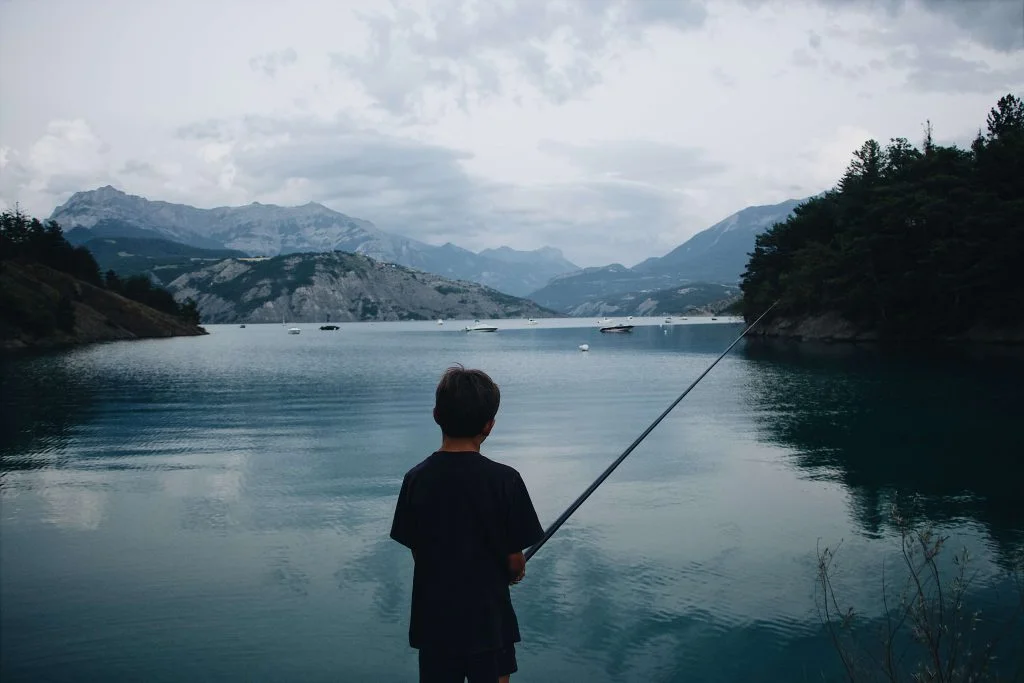
Conclusion
Choosing the best fishing pole for kids is a significant step in nurturing their interest in fishing. By providing them with appropriate gear, teaching essential techniques, and exploring suitable fishing locations, you can create unforgettable experiences that foster a lifelong love for the sport. Remember, fishing is not just about catching fish; it’s about instilling a sense of wonder, connection with nature, and cherished memories.
FAQs
- What is a good fishing rod for kids?
A. A good fishing rod for kids is lightweight, durable, and specifically designed for their smaller hands and physical capabilities. It should have a comfortable grip and an easy-to-use reel and be made from quality materials to withstand youthful enthusiasm.
- What size fishing rod is suitable for a 7-year-old?
A. For a 7-year-old, a fishing rod around 4 to 5 feet in length is generally suitable. It should be proportionate to their size and weight, making it easier for them to handle and control while fishing.
- What is the difference between a fishing rod and a fishing pole?
A. “Fishing rod” and “fishing pole” are often used interchangeably, but a fishing pole is traditionally a simple stick or bamboo rod without a reel. On the other hand, a fishing rod includes a reel and is a more modern and versatile piece of fishing equipment.
- What is the most accessible rod to fish with?
A. Spin-cast rods are generally considered the most accessible rods to fish with, especially for beginners, including kids. They have a closed-face reel and a simple push-button mechanism, making them user-friendly and easy to cast and reel in.
- What are the two types of fishing poles?
A. The two main types of fishing poles are spinning rods and baitcasting rods.
- Spinning rods: These rods feature a spinning reel mounted on the underside. They are versatile, easy to use, and suitable for various fishing techniques and situations.
- Baitcasting rods: Baitcasting rods have a revolving spool reel on top, which requires more skill and practice to master. They are commonly used for more advanced fishing techniques and targeting larger fish species.
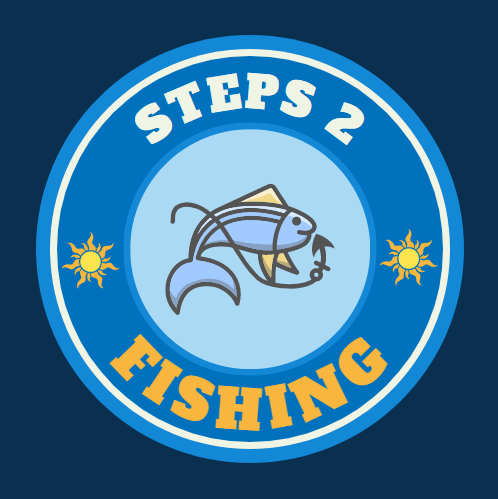
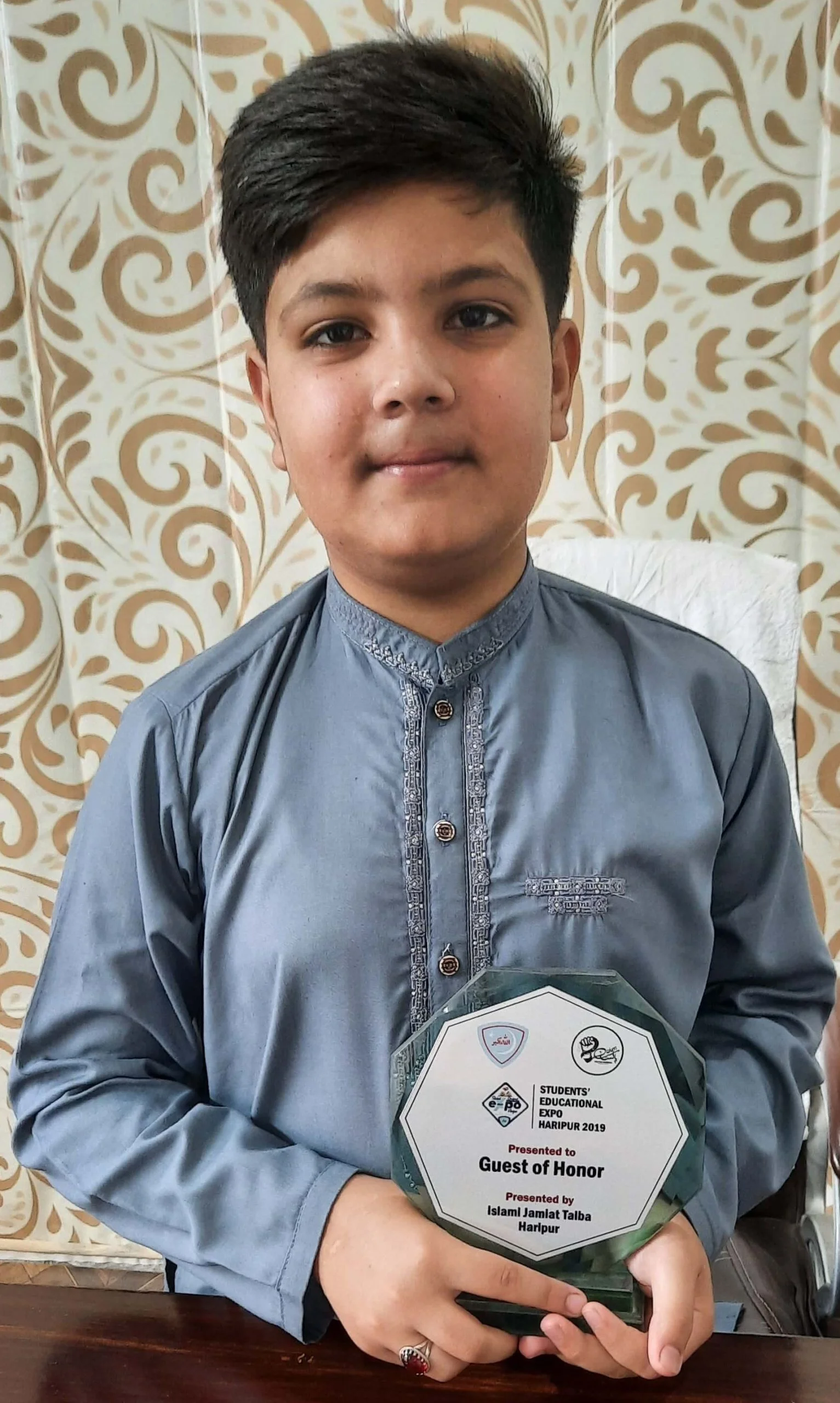
Leave a Reply